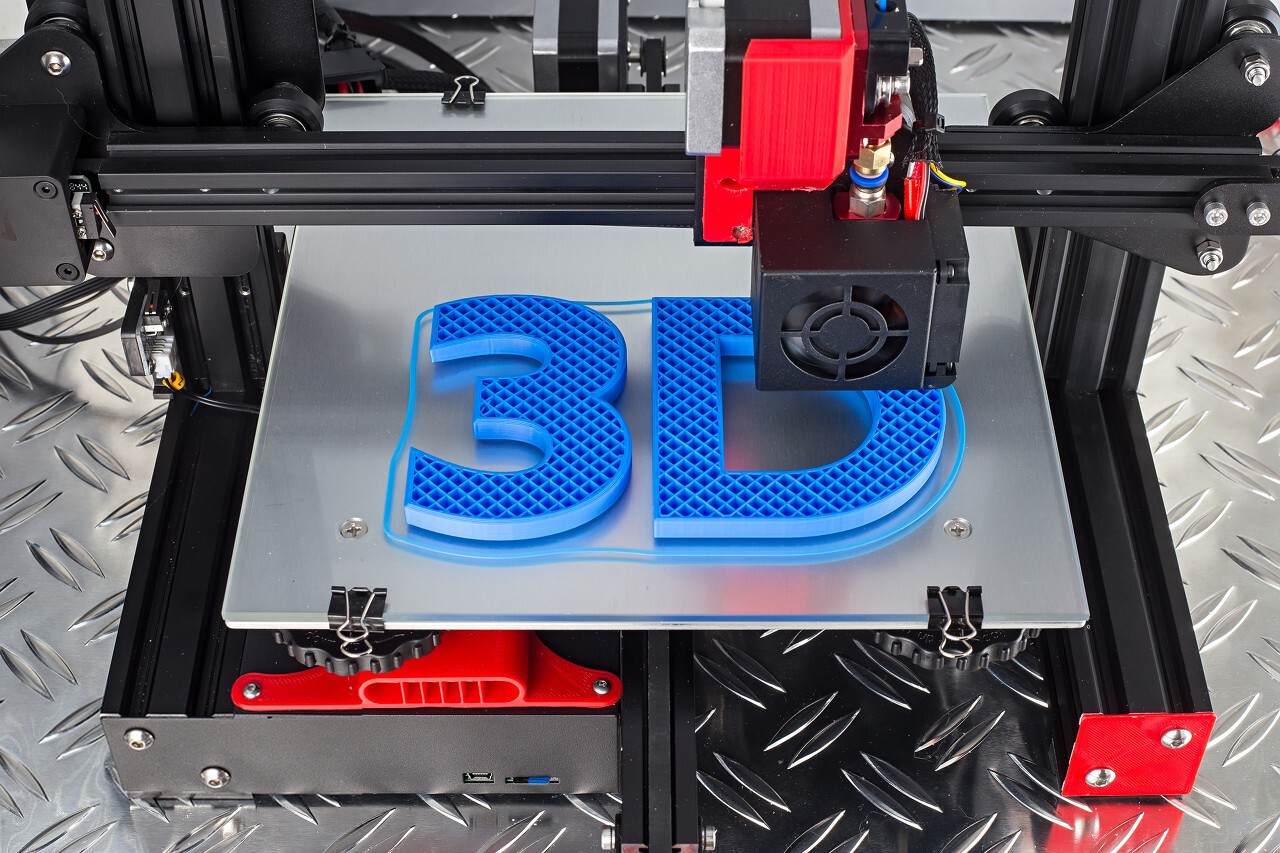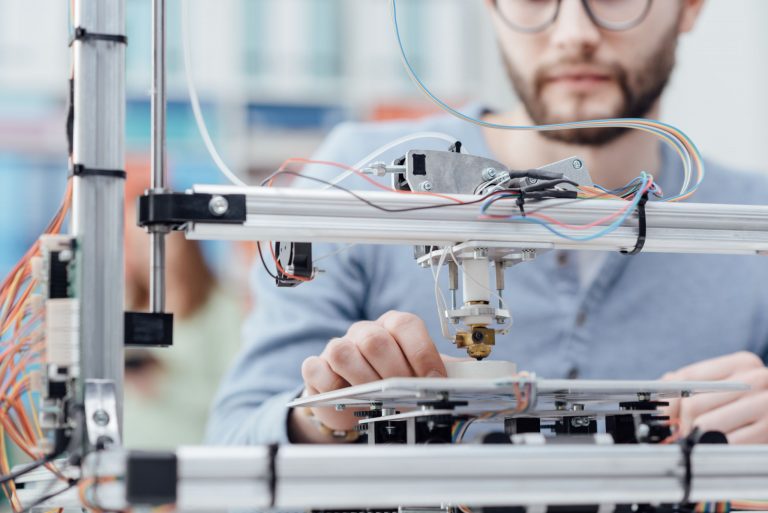What Are Shells In 3D Printing?
Are you facing any difficulty in achieving the perfect quality and stable 3D print results? Well, from now onwards, you will not suffer from such problems. This article is going to talk about the shells in 3D printing, what these are and how it can be helpful for us.
3D printing involves different methods and techniques to optimize the model up to the perfect level. Mastering all these techniques is not an easy job and requires years of experience and technical knowledge check also 3D printer Filament types.
However, there are a few things which if taken care of, can optimize the design at its best and can help in achieving the perfect quality output result. Shells are one of them. Let’s get into details about this term.
What Are Shells?
The basic structure of a design print can be categorized into four categories, and a shell is one of them.
A shell is defined as the outer walls or the layers of the 3D print that are exposed to the outside, and it can be from the bottom, top, or from sides.
The shell settings can be set up using the slicer software. The main benefit of having a shell is that it gives strength and stability to the object and makes it last longer.
Plus, it provides a smooth exterior look and protects the inner part of the model from the outside environment.
Shell setting refers to the amount of shell thickness you set by the slicer software. Increasing the shell thickness will eventually improve the strength of the building material.
On the other hand, there are some factors that play an essential role in deciding the perfect thickness of the shell.

Factors to Consider
- There is no doubt that increasing the thickness will provide a more robust and rigid output result, so if you are building something which needs to bear heavy pressure or a load, then more strength is required, and it can be achieved by setting the thickness level of the shell.
- Top and bottom layers are important to consider when you need more excellent stability. All the latest slicer software allows you to set different parameters for the bottom and top shell. Depending on the requirement, maintaining a balance is necessary. This setting makes you capable of increasing the bottom thickness in case you need a strong base.
- How much the filament is being used is also needs to be considered for better performance and quality. Expanding the shell thickness level means more filament will be consumed.
- With the upsurge of the use of filament, it will directly affect the overall production cost. Therefore, an unnecessary increase in the shell thickness is not recommended and can cost you a lot.
- Money and resource are not the only things which have an effect on by the increase or decrease in shell thickness. Time is also crucial and relevant element to think about in 3D printing. A print that will consume more filament is required to put away more time, which can be counted in hours. Time is essential to note for high volume and large orders as it may not seem to be important for small projects and assignments. Read Also Best 3d Printers under $500.
- As you know that in 3D printing, when you get the output result, there are few amendments that you need to make to give it a final touch and refined look. Although it mainly depends on the type of filament you are using, but the shell thickness is also a significant aspect to consider here. A denser shell will provide you more space and make appropriate changes without affecting the inner parts.
A slight change in shell thickness can result in a considerable difference, and therefore you should carefully examine the above factors before starting up the project.
It is somehow challenging to suggest the perfect 3d printing shell thickness, and for determining this, researchers have come across a simple rule, which they called rules of thumb for deciding the shell thickness.
Rules of Thumb
Adjusting shell thickness settings with the test and trial method is of no use because it will take much time and resources. We will go with an example so that we can better comprehend the condition of the rule.
Suppose that the nozzle you are going to use has a diameter of 0.2 millimeters; if we follow the rule to choose the shell thickness according to nozzle diameter, 0.4 millimeters shell thickness would be adequate, but, if we need to have a more substantial object we can increase the shell thickness level to 0.6 millimeters or 0.8 millimeters, keeping in mind the other factors as well.
Normally, a shell thickness level between 0.8 to 1.2 millimeters is considered as good, and exceeding 1.2 millimeters can severely cause an increase in production cost and time.
Shell thickness plays a significant role here, especially in maintaining stability and strength; for that reason, the parameters should be set according to the need and requirement of the 3D print model.
By going through this article, you have come across the main factors that need to be looked upon before choosing the shell thickness.
Analyzing them all will surely help you in getting the correct level of shell thickness and will eventually produce quality output results.


![5 Best 3D Printer for Cosplay 2023 [Buying Guide]](png/cosplay-top-pic.png)



